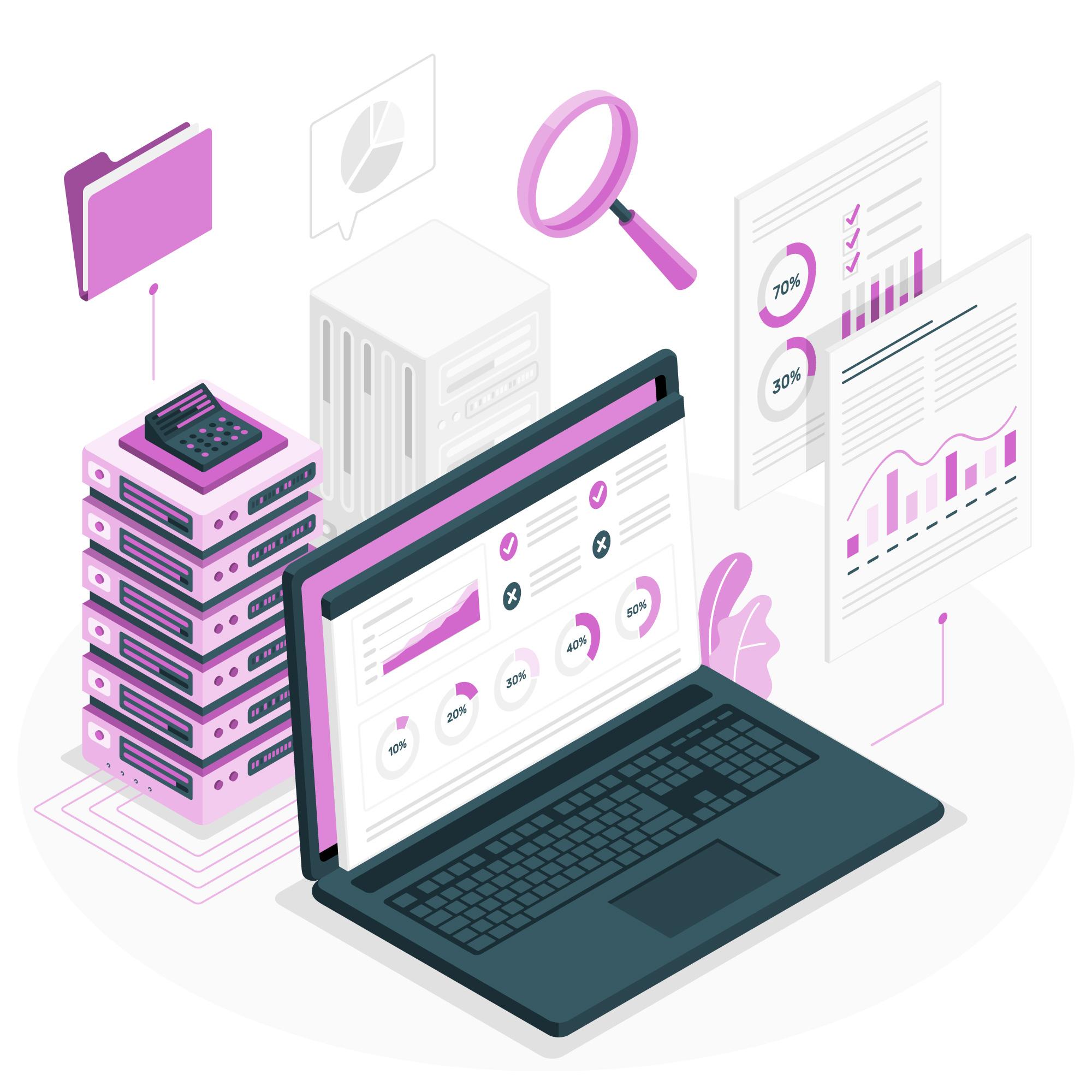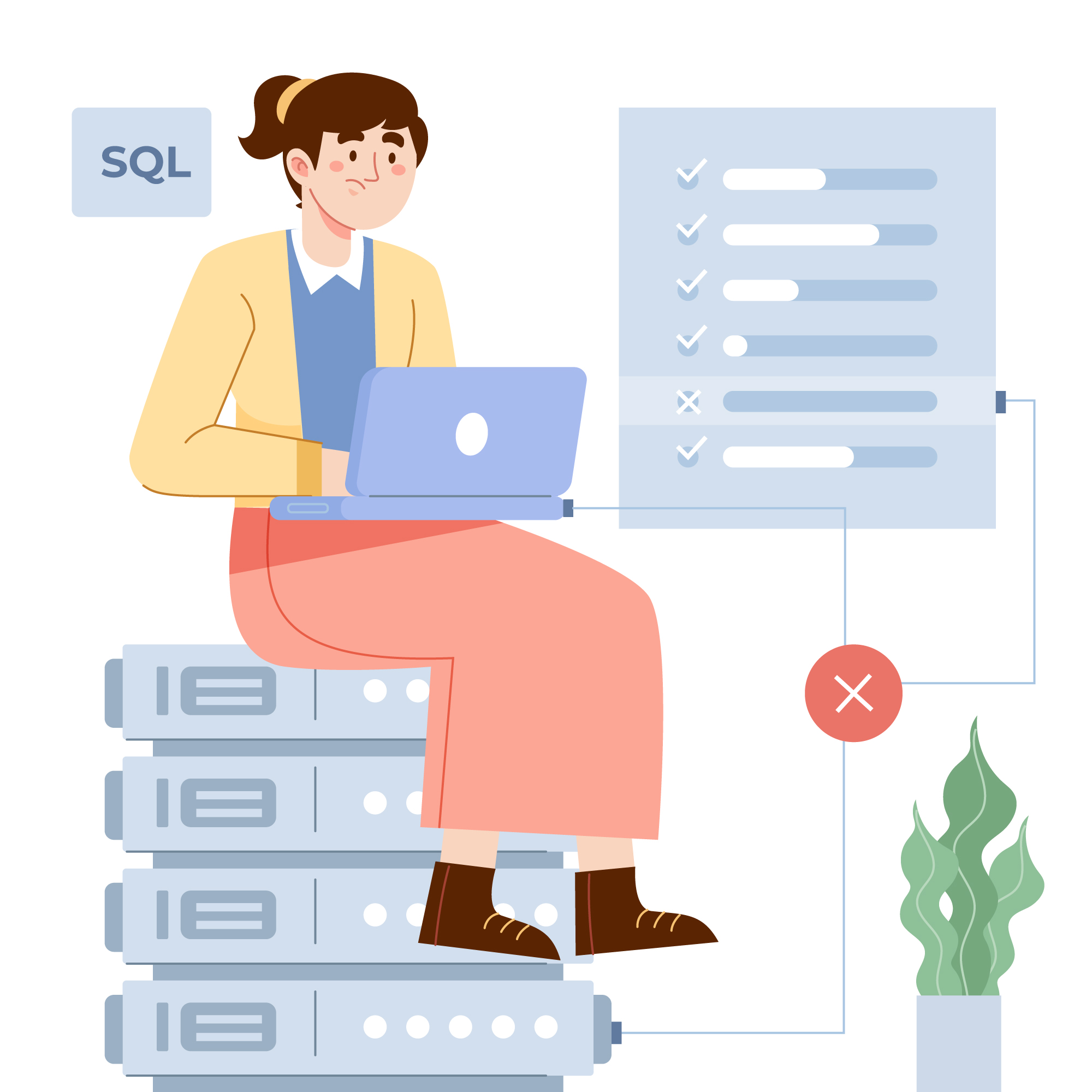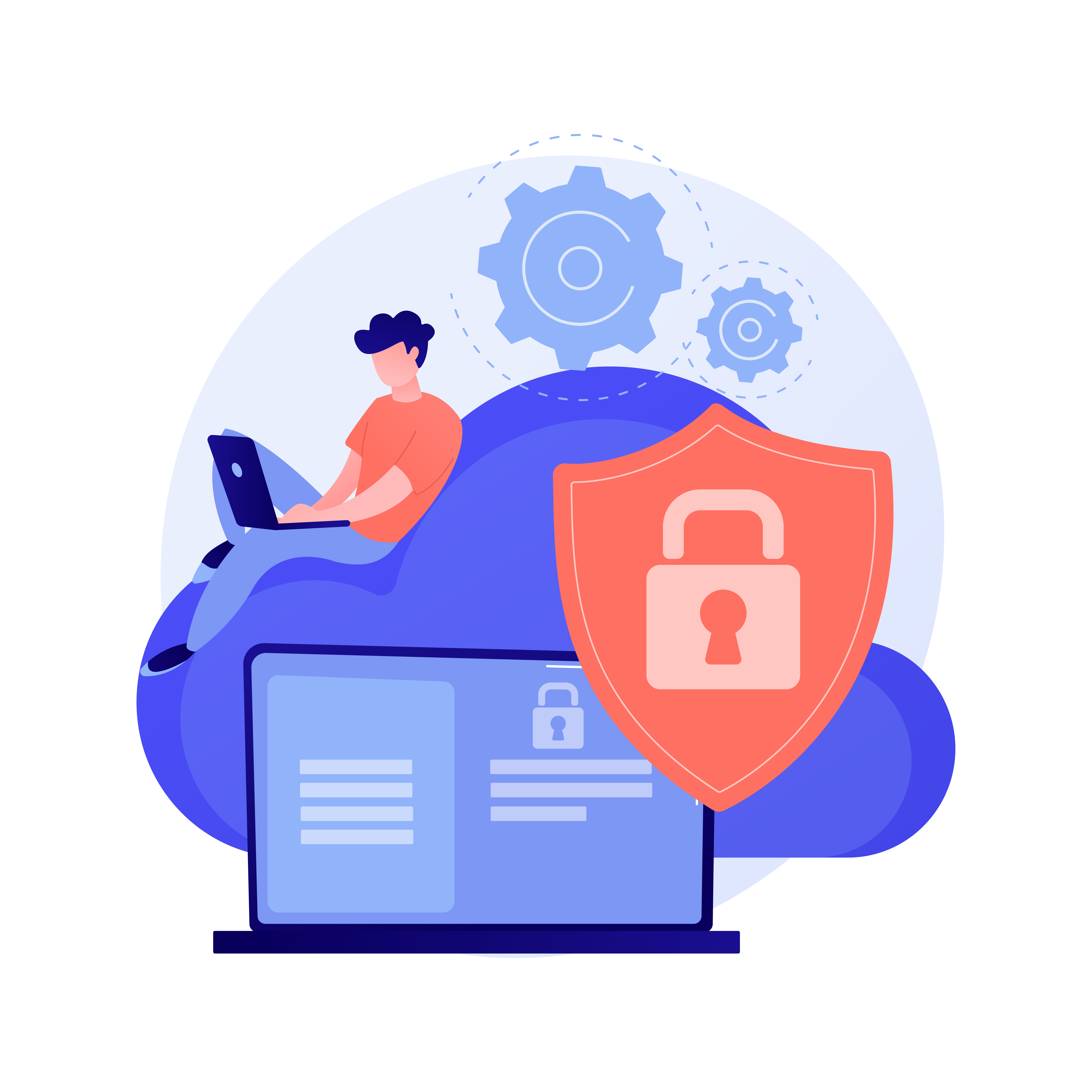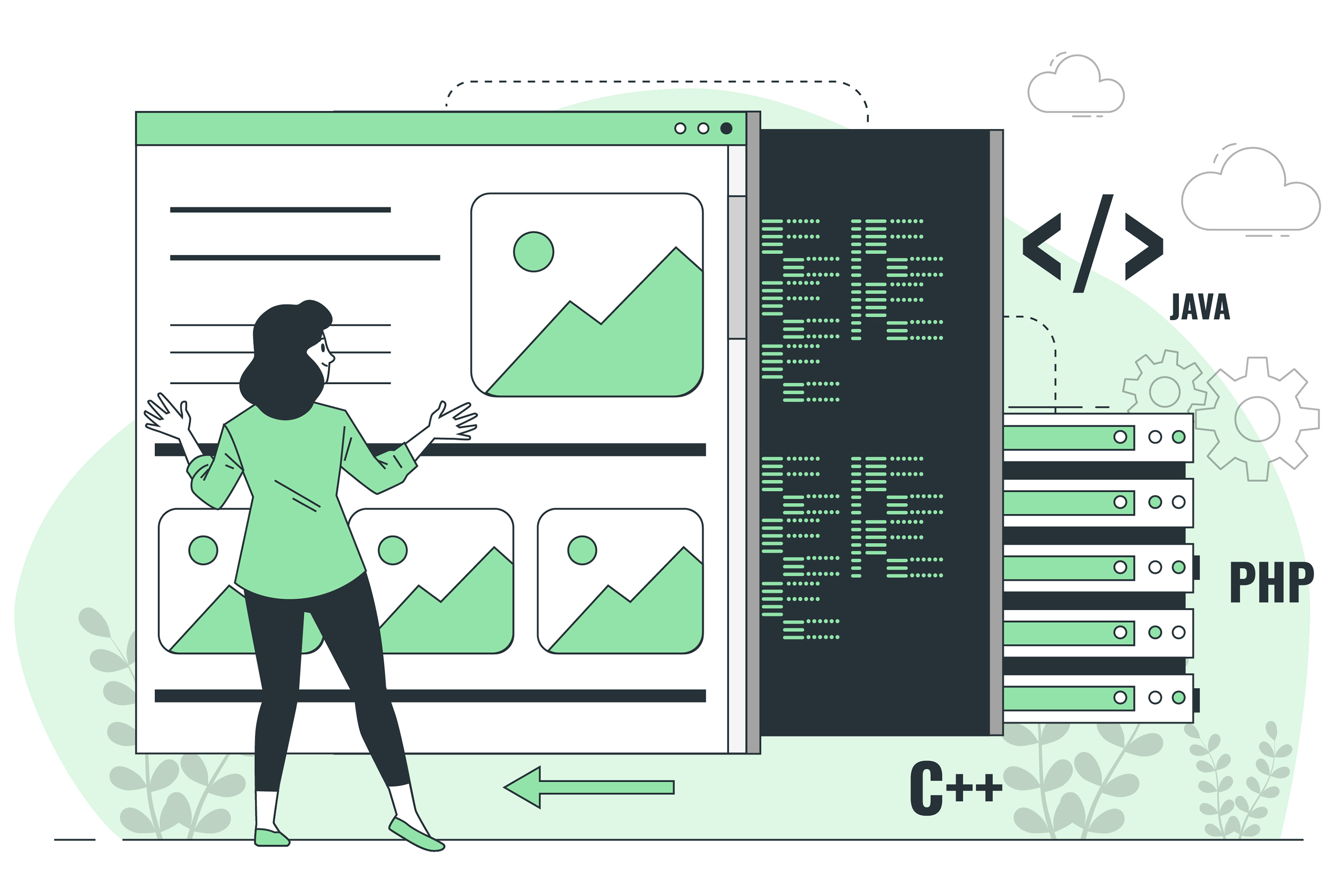Through our experience designing and building systems for operations management and growth, we’ve discovered that the core issue organizations seek to address through digital transformation is trust. By understanding human nature and what it takes to build trust, we can create better systems and deliver the best possible ROI for our clients.
Research shows that trust operates in a hierarchy among individuals, teams, and organizations. When organizational trust deteriorates, individuals rely on team trust. If that also fails, individuals act in self-interest, misaligning with the team’s vision and disrupting group harmony.
Result of Creating trust
- Quick decision making
- Higher productivity
- Higher employee satisfaction
- Less burnout
- Low cost of operations
Requirements to Create Trust
- Transparency
- Consistency
- Open communication channels
- Clear expectations
- Demonstrate a positive track record
- Recognize excellence
- Induce “challenge stress”
- Share information broadly
- Intentionally build relationships
- Facilitate whole-person growth
- Fairness and conflict management
How we create a system of Trust using software
Software systems have demonstrated a track record in creating and protecting the integrity of business processes over the past two decades
Document business process

This fundamental step doesn’t require extensive documentation. A simple one-page description is sufficient. Key information to gather includes:
- Business goal
- List of all the internal stakeholders/ team members
- Specify timeframes to achieve the goal
- Create business process map
- Create standard operating procedure
Schedule to update the process
Here’s how we will achieve this.
- We will run a consulting workshop with all the key stakeholders.
- We will develop a process map of your existing business process engaging key stakeholders from your team
- Evaluating the goals on target specific to each business process, we will set alignment on unified goals
- We will propose upgrades to the existing way of working as a target operating model.
- We will document a blueprint that your team can use to carry out the day to day activities.
- We will train your team and support.
- We will audit periodically to audit and measure opportunities to streamline the change management process and enhance user experience.
- In future versions of this document we will include templates for SOP and Visio Stencil to help with standardization.
Digitize business process

This step overlaps with the previous one as the manual business process is mapped to identify digitization opportunities. We will develop a target operating model for digital systems integration, including Office 365 for collaboration and Microsoft Dynamics 365 for CRM and ERP. For marketing processes, website integration will seamlessly capture leads for sales and order fulfillment.
Here’s how we will transform your business digitally
- We will analyze the software products currently in use.
- We will show you how other organizations in your industry sector are currently using software.
- We will show you software options available in the market which are not in use in your business.
- We will align your business needs with your preferred software options, demonstrating operations with and without these systems.
- Using the process map from the previous step, we will develop a target operating model that will flow through software applications.
- Once confirmed we will document the specifications for the system build.
- We will build the system with you confirming alignment with the goal at every step
- While testing the system we will train the key team members to enable you to get up and running independently.
Set frameworks and standards to align system design with the Trust framework.

We have a framework of Trust template in place that allows development of all systems and process design to be benchmarked and verified if the key variables allow maximizing the trust score. Using the Trust framework we will develop a bespoke framework that fits to your business.
Here’s how we will set frameworks and standards
- We will use our Trust template to benchmark your processes and establish key quality metrics for your organization.
- We will identify industry standards and build a target framework tailored to your business requirements.
- We will put together an auditing process to track your journey towards growth
- We will carry out periodic audits on a schedule to report on progress
- We will identify gaps in the process and capabilities to develop the framework further
- All system and process designs will be periodically measured and audited to identify performance gaps. Strategies will be developed to address these gaps. As your business grows and evolves, the Trust framework will adapt to incorporate all upcoming changes.
Repeat and iterate

While the above steps are set to create a baseline, business growth involves changes in operations. Regular review and update of the frameworks set allow for the gradual development of the system and deal with issues that pop up while in the operational phase.
Here’s how we will evolve your systems
- We will identify areas of growth and develop business cases.
- We will put together solution options that give you an idea of what lies ahead.
- Depending on the resource availability, we will develop a plan to scale up and evolve.
- We will help manage the change along the process to ensure you have minimum disruption in the business operations.
Solution: Evolving & self-organizing platform

The end result is a system that helps you accelerate and scale your business easily through all phases of your growth cycle delivering all the requirements to generate trust:
- Transparency.
- Consistent.
- Open communication channels.
- Clear expectations
- Demonstrate positive track record.
- Recognize excellence.
- Induce “challenge stress.”
- Share information broadly.
- Intentionally build relationships.
- Facilitate whole-person growth.
- Fairness in conflict management.